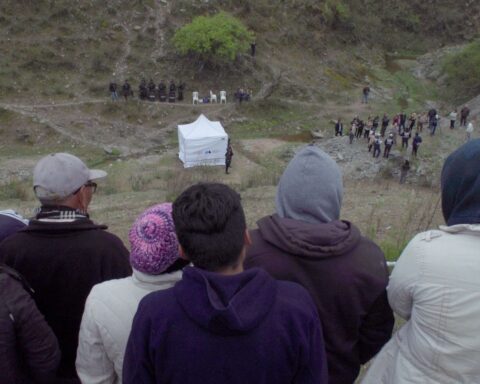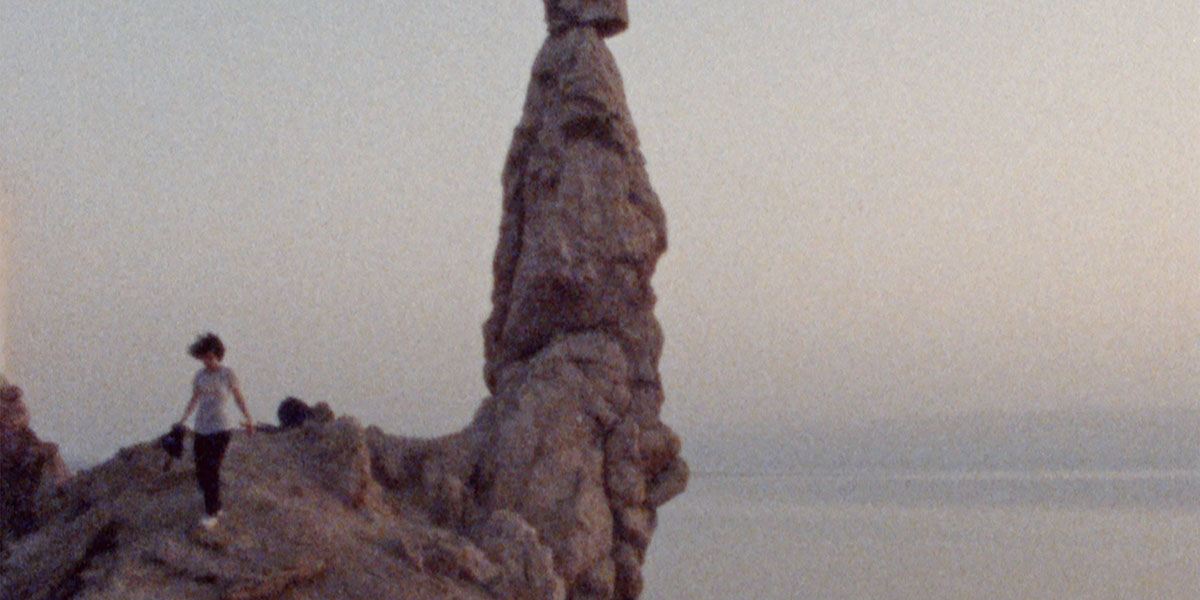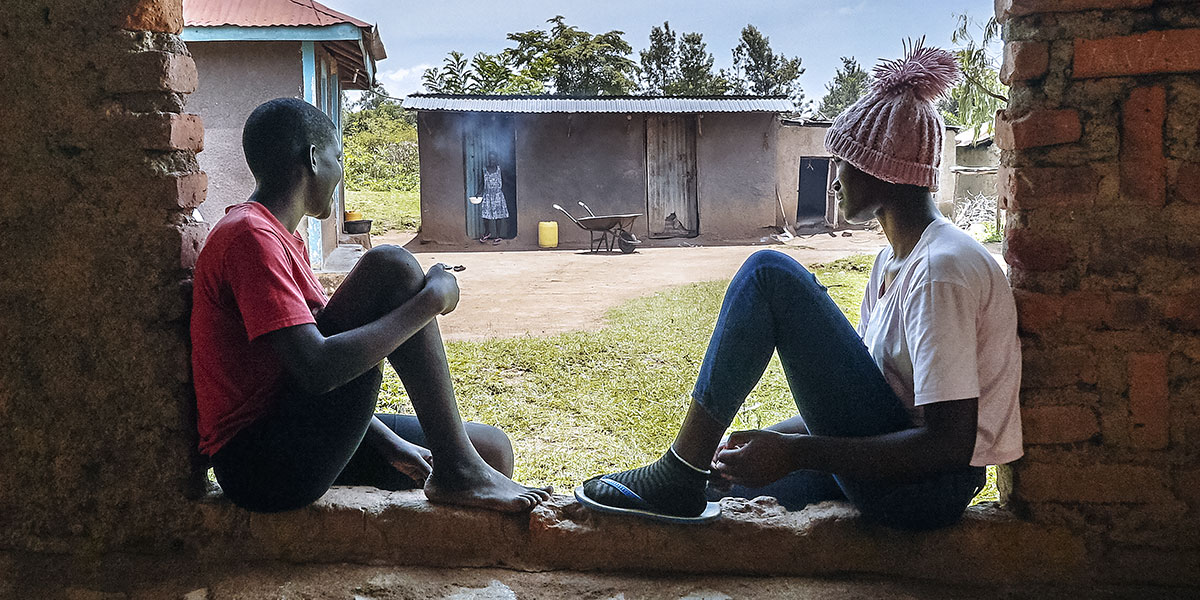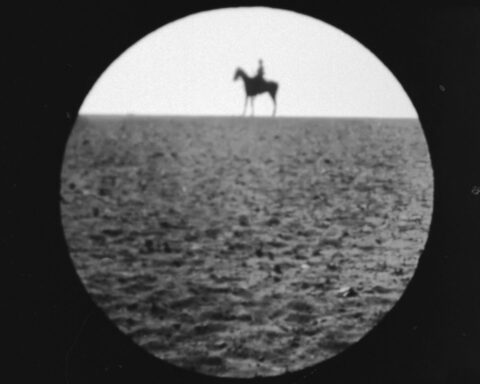All the Beauty and the Bloodshed
(USA, 116 min.)
Dir. Laura Poitras
Programme: TIFF Docs (Canadian premiere)
Every now and then, one encounters a film at a festival that seems destined to become a classic. Laura Poitras’ All the Beauty and the Bloodshed is one of those films. Not only is it the best film of this year’s Toronto International Film Festival in an absolute runaway after scooping the Golden Lion at the Venice Film Festival (the second documentary after Sacro GRA), it’s Poitras’ best film yet. That’s saying a lot since her 2014 doc about whistleblower Edward Snowden, Citizenfour, won the Academy Award.
All the Beauty and the Bloodshed shows that despite her success and accolades, Poitras hasn’t forgotten her roots. Rather, she’s at the top of her game with this doc that offers a throughline with her filmography that challenges notions of American exceptionalism and takes the establishment to task. It’s also her most artfully constructed film. Bloodshed finds the sweet spot between watertight reportage and disarmingly intimate cinema.
All the Beauty and the Bloodshed also marks an anomaly in Poitras’ oeuvre. The film is the first case in which her subject is also a credited collaborator. However, photographer and activist Nan Goldin is the perfect match for Poitras. The film follows Goldin as she holds the Sackler family accountable for profiting from the production of OxyContin through their pharmaceutical manufacturer, Purdue Pharma. Goldin shares with Poitras how she, like countless Americans, became hooked on the highly addictive drug after a doctor prescribed it.
Fighting the Sackler Name
However, Goldin is in a rare position. Her profile is large enough to draw attention to the Sacklers’ greed that has killed 500,000 Americans. Moreover, Goldin’s clout can hit the Sacklers where it hurts. Art galleries worldwide bear the Sackler name, including many that house Goldin’s photography. However, Goldin wants these institutions to end the whitewashing of the Sacklers. Poitras observes with riveting intimacy how Goldin puts everything on the line to fuse her art and activism in a forceful strike.
All the Beauty and the Bloodshed shares the demonstrations that Goldin stages at galleries worldwide with her group Prescription Addiction Intervention Now (PAIN). These acts are live art exhibits as much as they are protests. Former opioid addicts join families of survivors and victims alike to rally in the galleries. They hurl empty pill bottles into fountains and litter the floor with blood-soaked dollar bills. They chant loud and clear in these galleries bearing the Sackler name that any institution accepting a donation from the family is taking dirty money.
Moreover, PAIN’s activist pop-ups underscore the re-traumatizing nature of corporate philanthropy. Institutions like the Met, the Guggenheim, and the Louvre take money from corporations that directly harm the lives of the artists, subjects, and communities empowered through art. The protests, however, evoke no response at first. The museums all seem to be waiting for someone else to move. Sackler money isn’t a philosophical problem for them. It’s simply a matter of public relations.
Goldin’s Portfolios
Goldin’s current activism drives the story of All the Beauty and the Bloodshed, but Poitras situates it within her larger portfolio. Poitras segments the documentary in chapters that consider Goldin’s legacy of artful activism. For example, her 1986 photographic slideshow and book The Ballad of Sexual Dependency offers context for her war against the Sacklers. Goldin’s striking images dissolve throughout the documentary as Poitras brings the slideshow to the big screen. Goldin reflects upon her relationship with the subjects, who are almost exclusively friends, family members, lovers, and fellow members of the LGBTQ community.
Bloodshed evokes the power that Goldin’s art affords marginalised communities. It creates a safe space for representation, and Goldin underscores the role of consent in her work. If people don’t like their photos, they can rip them up and she’ll omit them from her exhibitions. It’s the opposite for a prescription for Oxy, though, as only Purdue truly had all the details for informed consent.
Each act creates a battle between the oppressor and the oppressed. Her exhibition Witnesses: Against Our Vanishing, for example, offers photos of gay life and loss amid the AIDS crisis. She recalls the censorship the exhibition faced when artist David Wojnarowicz wrote programming notes that called out conservatism in the church and legislature that exacerbated the AIDS pandemic. Similarly, jarring self-portraits share the abuse that Goldin endured at the hands of a volatile ex. Her art has a provocative destigmatizing effect. Her work with PAIN is a natural extension of that.
Looking Inward and Outward
All the Beauty and the Bloodshed offers footage of these protests, some shot by PAIN members prior to Poitras’ involvement, that illustrate how the campaign is a natural extension of Goldin’s work. The protests eventually gain notice with some galleries responding as PAIN hoped. However, this is a Poitras film, after all, and the activists find themselves under surveillance. Private investigators shadow Goldin’s co-conspirators as the Sacklers (allegedly) prey upon those they harmed in lieu of making amends. The film has all the ingredients of a rich David and Goliath tale, but once Big Pharma sends in the spies, the stakes are even higher.
Poitras also, quite brilliantly, expands the scope inward as the drama grows outward. All the Beauty and the Bloodshed draws upon many hours of audio interviews Poitras conducted with Goldin to form the spine of the film. However, these aren’t conventional documentary interviews. They’re candid and intimate conversations. One gets a sense of the trust and rapport between the collaborators as Goldin is audibly vulnerable. The conversation is especially painful when Goldin speaks of her sister, Barbara, who died by suicide when Nan was 11.
Goldin talks of Barbara and of her own frustration with their parents for sidestepping their role in her death. The story of Barbara’s turbulent relationship with her mother arises as family photographs and archival images punctuate the montages of Goldin’s professional photography. At first, one might sense that Poitras is struggling with a wayward thread. Barbara’s death, initially, seems completely irrelevant to the Sackler case. When Poitras ties all the pieces and all the players together in the final act, however, the film hits like a bullet. The dexterity with which she connects the stories of Goldin’s life is simply astonishing.
“All the beauty and the bloodshed”
All the Beauty and the Bloodshed takes its name from a psychiatrist’s file in describing Barbara. The description is an apt metaphor for her Nan’s work, which evokes a beautiful dance between things hidden in the shadows and the freedom of bringing them into the light. As Poitras culminates the story of Goldin’s family with PAIN’s pursuit of justice in the Sackler case, the film makes clear that this tale extends beyond one greedy family. It’s a history of America’s legacy for letting wealthy and powerful people shirk their responsibility. It’s about an artist’s responsibility to hold the establishment to power and use art to challenge the status quo, rather than be bolstered by it. Rejecting the currency of the Sackler family name poses a serious risk for Goldin, but it pays huge dividends in a campaign that just might be her most masterful stroke yet.
All the Beauty and the Bloodshed premiered at TIFF 2022 and will be in theatres later this year.
Update (12/2/2022): All the Beauty and the Bloodshed is now playing in Toronto.














